Things To Inspect When Buying A Used Car: A Checklist

Picture this: You’ve finally found the perfect used car—a model you’ve always admired, within your budget, and it’s even in your favourite colour!
The excitement of owning it starts to build, but before you hand over your hard-earned cash, there’s one crucial step left: the inspection.
Buying a used car privately can be a smart financial move, but it’s also a journey full of potential pitfalls. A thorough inspection can mean the difference between driving away with a reliable ride or ending up with a lemon.
In this blog, we’ll walk you through the essential things to inspect when buying a used car, ensuring that your next purchase is a well-informed and satisfying one.
Remember: when you buy from a trusted dealer like John Hughes, you can skip the hassle—we’ve already done all the checks for you, so you can drive away with confidence knowing your car has passed our thorough inspection process.
Exterior inspection
Step 1: Inspect the body condition
- Walk around the car: Take a slow walk around the entire car, carefully inspecting the body panels.
- Look for dents and scratches: Pay close attention to any dents, scratches, or uneven paintwork. These could indicate past accidents or careless handling.
- Check for rust: Focus on areas prone to rust, like the wheel wells, door sills, and under the car. Surface rust might not be a dealbreaker, but deep rust can weaken the structure.
Step 2: Examine the tyres
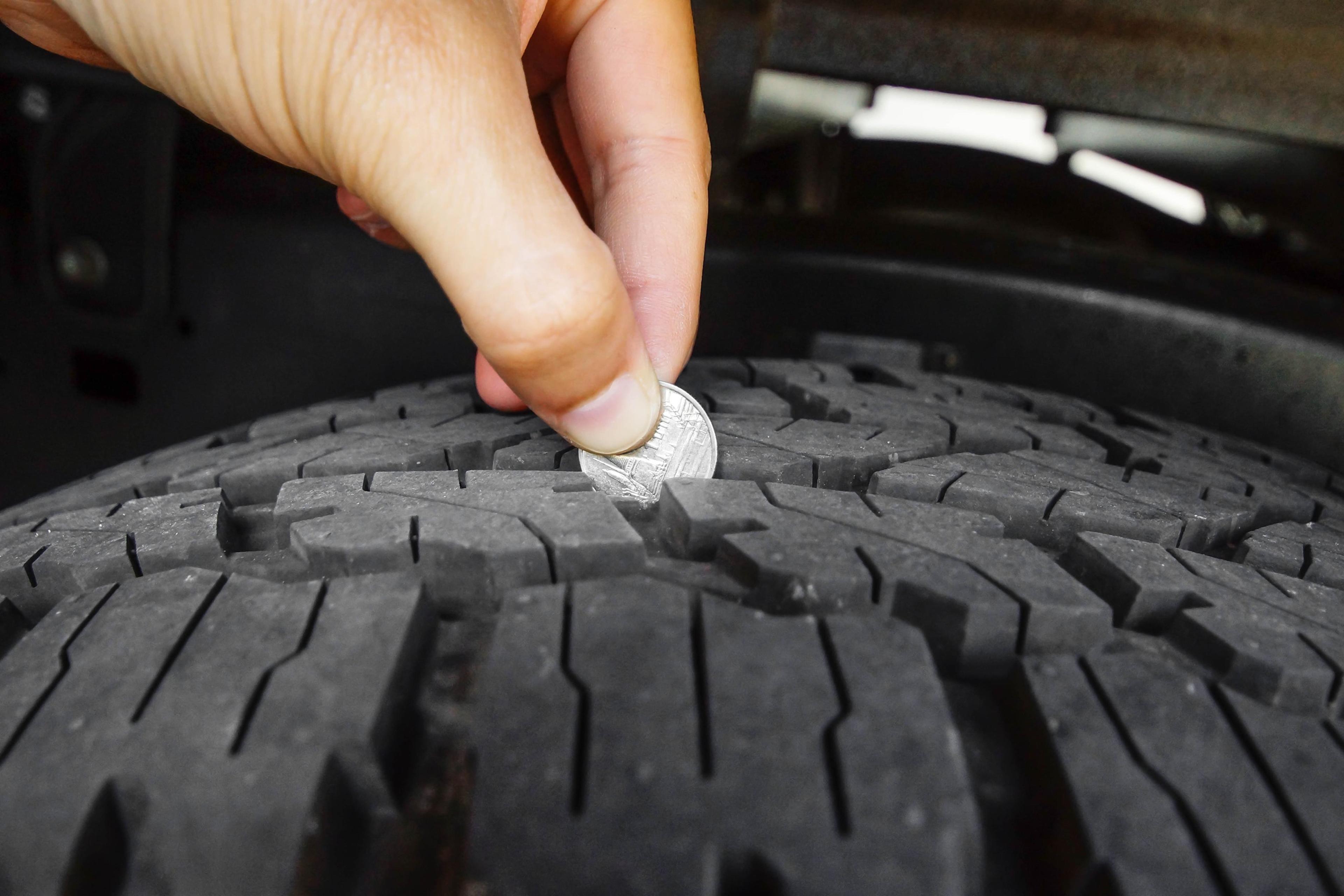
- Check tread depth: The legal minimum tread depth in Australia is 1.6 mm, but for safety, it’s recommended to replace tyres when the tread is below 3 mm.
- Look for wear patterns: Uneven tyre wear can indicate wheel alignment issues, which might hint at suspension problems or previous accidents.
- Assess overall condition: Inspect all four tyres for cracks, bulges, or other signs of damage. Don’t forget the spare tyre—make sure it’s in good condition too.
- Tip: If you notice visible rubber chunks or excessive wear, especially on the rear tyres, it could be a sign that the car has been driven aggressively, possibly with burnouts or hard cornering. This could indicate that the vehicle has been treated harshly, which may have caused additional wear and tear on other components.
Step 3: Inspect lights and glass
- Test all lights: Turn on the headlights, brake lights, indicators, and reverse lights to ensure they’re all functioning properly. Dim or flickering lights could indicate electrical issues or blown fuses.
- Examine the glass: Inspect the windshield and windows for chips, cracks, or deep scratches. Even small chips can expand and cause significant damage over time.
- Tip: If you notice any chips or cracks in the windshield, enquire whether they’ve been repaired or will need fixing. This could be a negotiating point, as repairs can be costly.
- Check mirrors: Verify that the side and rearview mirrors are intact, free from cracks, and adjustable.
Interior inspection
Step 1: Check the upholstery and trim
- Seats and fabric condition: Inspect the seats for any rips, stains, or signs of excessive wear. Pay particular attention to the driver's seat, as it often shows the most wear.
- Tip: Check under the seat covers or floor mats to check the real condition of the upholstery. Covers and mats might be hiding significant wear or damage.
- Test seat adjustments: Ensure that all seat adjustments work smoothly, including manual levers and electronic controls. Faulty seat adjustments can be costly to repair.
- Examine the dashboard and trim: Look for cracks, fading, or damage on the dashboard and interior trim. Excessive wear can indicate prolonged exposure to the sun or a lack of care.
Step 2: Test the electronics
- Turn on the infotainment system: Check that the radio, CD player, Bluetooth, and any other audio systems are functioning correctly. Don’t forget to test the volume controls and speaker quality.
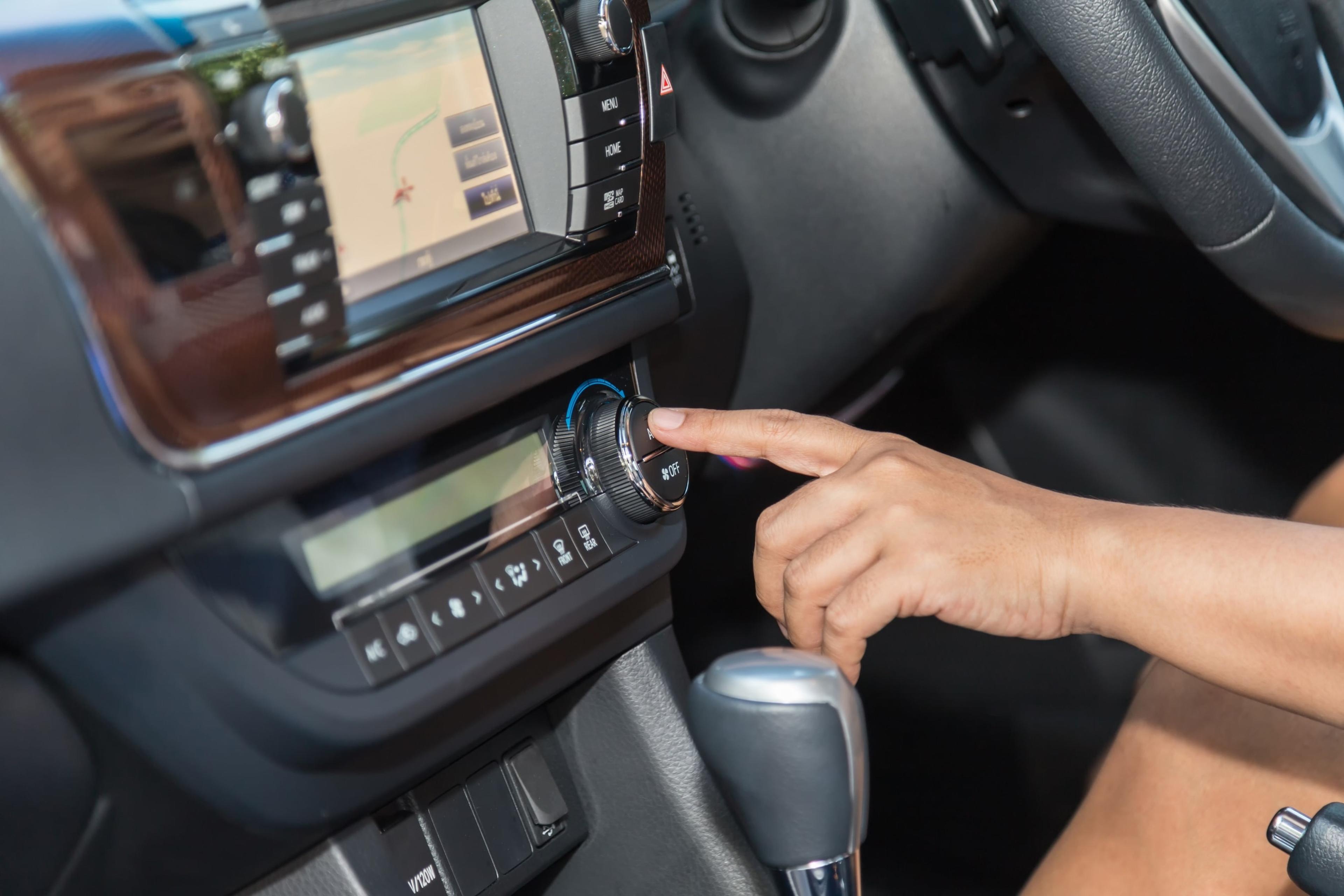
- Check air conditioning and heating: Test the air conditioning and heating systems at all temperature settings. Ensure that the airflow is strong and consistent.
- Operate all buttons and controls: Test every button, switch, and knob on the dashboard, including hazard lights, windshield wipers, and power windows. Everything should work as intended.
Step 3: Assess odours and cleanliness
- Smell for unusual odours: Pay attention to any strange smells, like musty or damp odours, which could indicate water leaks or mould. A strong air freshener could be masking underlying problems.
- Check for signs of smoking: Look for yellow stains on the upholstery, burns, or an ashtray that contains remnants of cigarette butts—these are signs the previous owner was a smoker, which can be tough to eliminate.
- Inspect for pet hair and stains: Check the seats and carpets for pet hair or stains. These can be difficult to clean and might indicate a lack of proper interior maintenance.
Under the hood
Step 1: Inspect the engine
- Check for leaks and corrosion: Look closely for any signs of oil, coolant, or other fluid leaks around the engine. Leaks can indicate underlying mechanical issues that may be expensive to repair. Also, check for corrosion on metal components, which could suggest poor maintenance or the presence of moisture.
- Examine belts and hoses: Inspect the condition of the engine belts and hoses. They should be free of cracks, fraying, or signs of excessive wear. Belts that are worn out can snap, leading to costly repairs, while cracked hoses can leak and cause engine overheating.
- Tip: Press on the hoses to check their firmness. Hoses that feel too soft or too brittle may need replacing soon.
Step 2: Check fluid levels
- Inspect oil level and condition: Use the dipstick to check the oil level. The oil should be at the correct level and have a clean, amber appearance. Dark, dirty oil or a burnt smell could indicate overdue maintenance or engine wear.
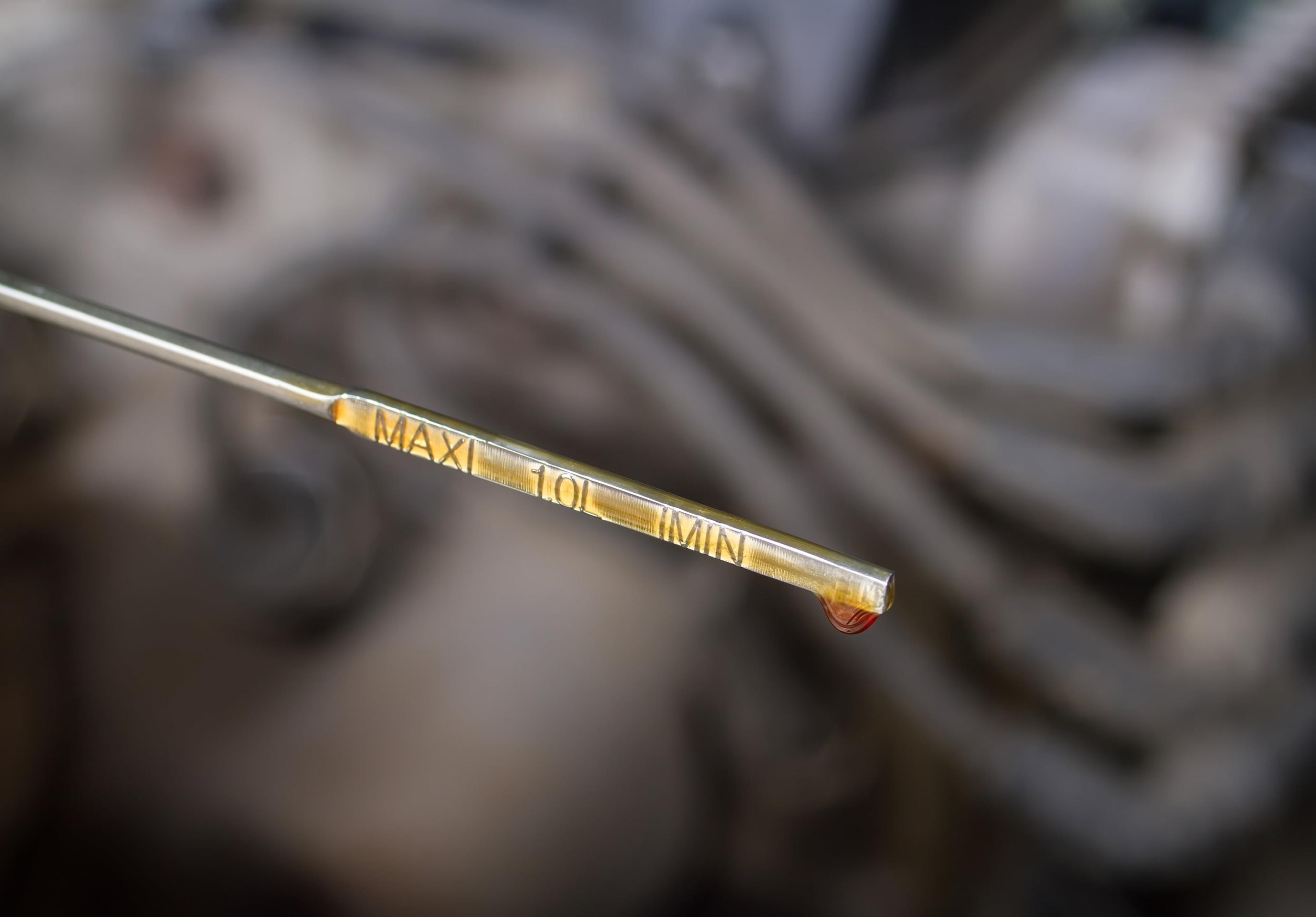
- Check transmission fluid: If the car has an automatic transmission, inspect the transmission fluid using the dipstick (if available). The fluid should be a clear, reddish colour. Dark or burnt-smelling fluid could signal transmission problems.
- Examine brake fluid and coolant: Check the brake fluid reservoir to ensure it’s at the recommended level. Low brake fluid could indicate leaks or worn brake pads. Similarly, inspect the coolant reservoir—the fluid should be at the correct level and have a bright colour.
Step 3: Assess the battery
- Check the battery’s age and condition: Check the battery for a manufacturing date to estimate its age. Also, look for signs of corrosion around the battery terminals, which could indicate poor maintenance or potential electrical issues.
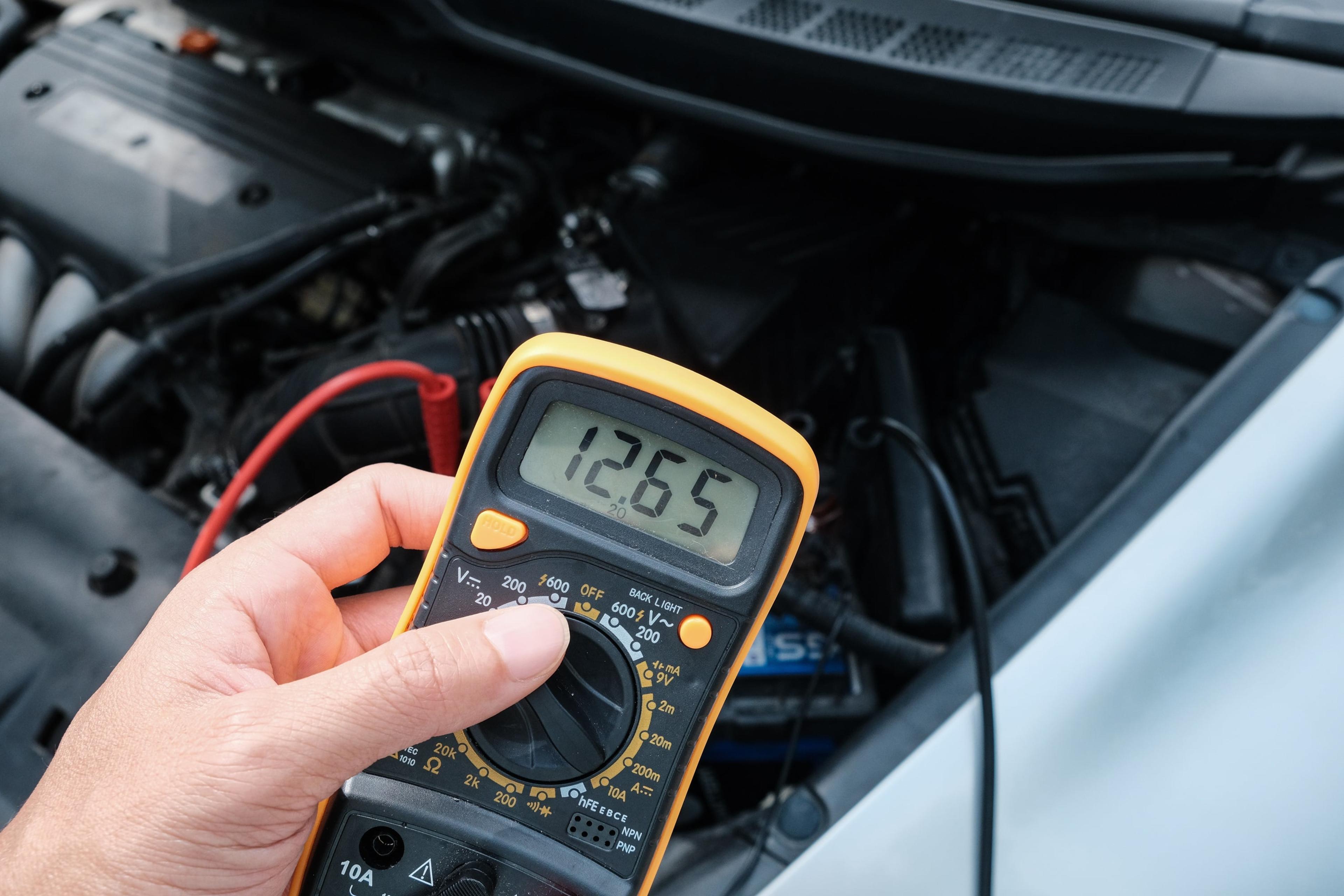
- Test the charge: If possible, use a multimeter to test the battery’s charge. A healthy battery should read around 12.6 volts when the car is off. A lower reading might indicate that the battery may need replacing soon.
Mechanical components
Step 1: Inspect the brakes
- Listen for unusual noises: During your test drive, pay close attention to any squeaking, grinding, or clicking sounds when applying the brakes. These noises can indicate worn brake pads, warped rotors, or other brake system issues that may need immediate attention.
- Check brake response: Ensure the brakes engage smoothly and respond promptly when pressed. A spongy or overly firm brake pedal can signal problems with the brake lines or master cylinder.
Step 2: Assess the suspension
- Check ride smoothness: During your test drive, note how the car handles bumps and uneven surfaces. A smooth ride suggests a healthy suspension, while excessive bouncing or a rough ride can indicate worn shocks, struts, or suspension bushings.
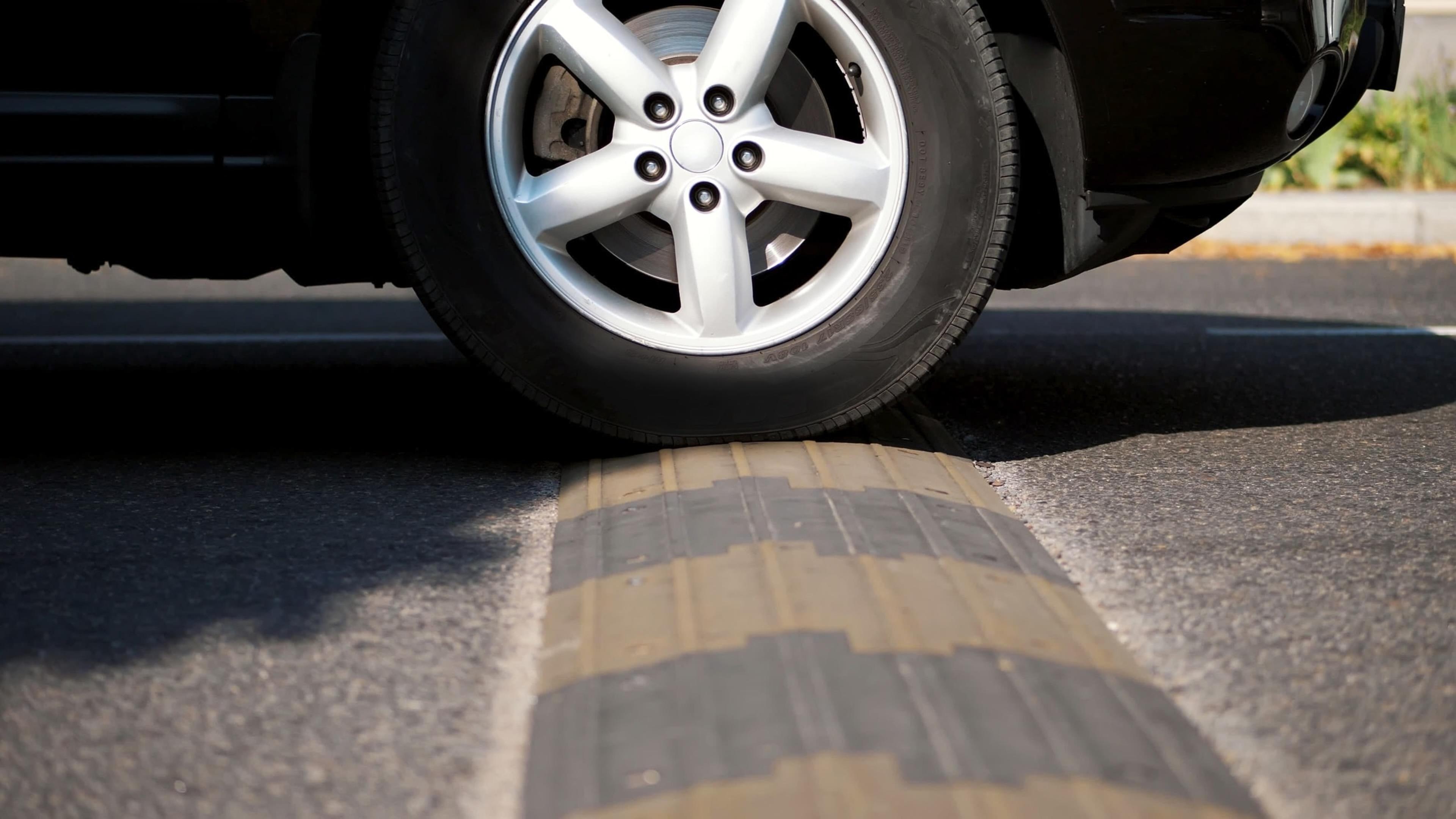
- Listen for noises over bumps: Pay attention to any clunking or knocking sounds when driving over bumps. These noises often point to worn suspension components or loose parts that may require repair.
- Tip: Perform a "bounce test" by pushing down firmly on each corner of the car. The vehicle should rebound softly and settle quickly. If it continues to bounce, the shocks or struts might be worn out and need replacement.
Step 3: Evaluate the steering
- Check steering responsiveness: While driving, ensure the steering is responsive and smooth. There should be no excessive play or stiffness in the steering wheel, which could indicate issues with the power steering system or steering linkage.
- Test for alignment issues: Drive the car on a straight road and see if it tracks straight without requiring constant correction. If the car pulls to one side, it might need an alignment or could indicate deeper issues with the steering or suspension.
Step 4: Check the transmission
- Test shifting in automatic transmissions: For automatic cars, shifts should be smooth and seamless. Any jerking, hesitation, or delays in shifting could signal transmission problems that may be costly to repair.
- Check manual transmission: For manual vehicles, ensure the gears shift smoothly without grinding or resistance. The clutch should engage and disengage smoothly without slipping.
Peace of mind on the road: the John Hughes difference
Buying a used car privately is a significant investment, and a thorough inspection is just one part of the process.
To truly shop with confidence, you need to be well-prepared from start to finish. That's why we've introduced the ultimate used car buying guide, designed to help you navigate every step of the journey. From checking the car’s history to ensuring it meets your driving needs, this guide will ensure you make an informed and satisfying purchase.
At John Hughes, we pride ourselves on being one of the most trusted used car dealers in Perth. When you purchase a used car from us, we go beyond just the initial inspection. We take care of all necessary repairs before handing over the keys, ensuring your vehicle is in top condition. Plus, we offer a John Hughes Extended Warranty meaning you can drive away with peace of mind, knowing that your car is protected from most mechanical issues for up to 5 years.
